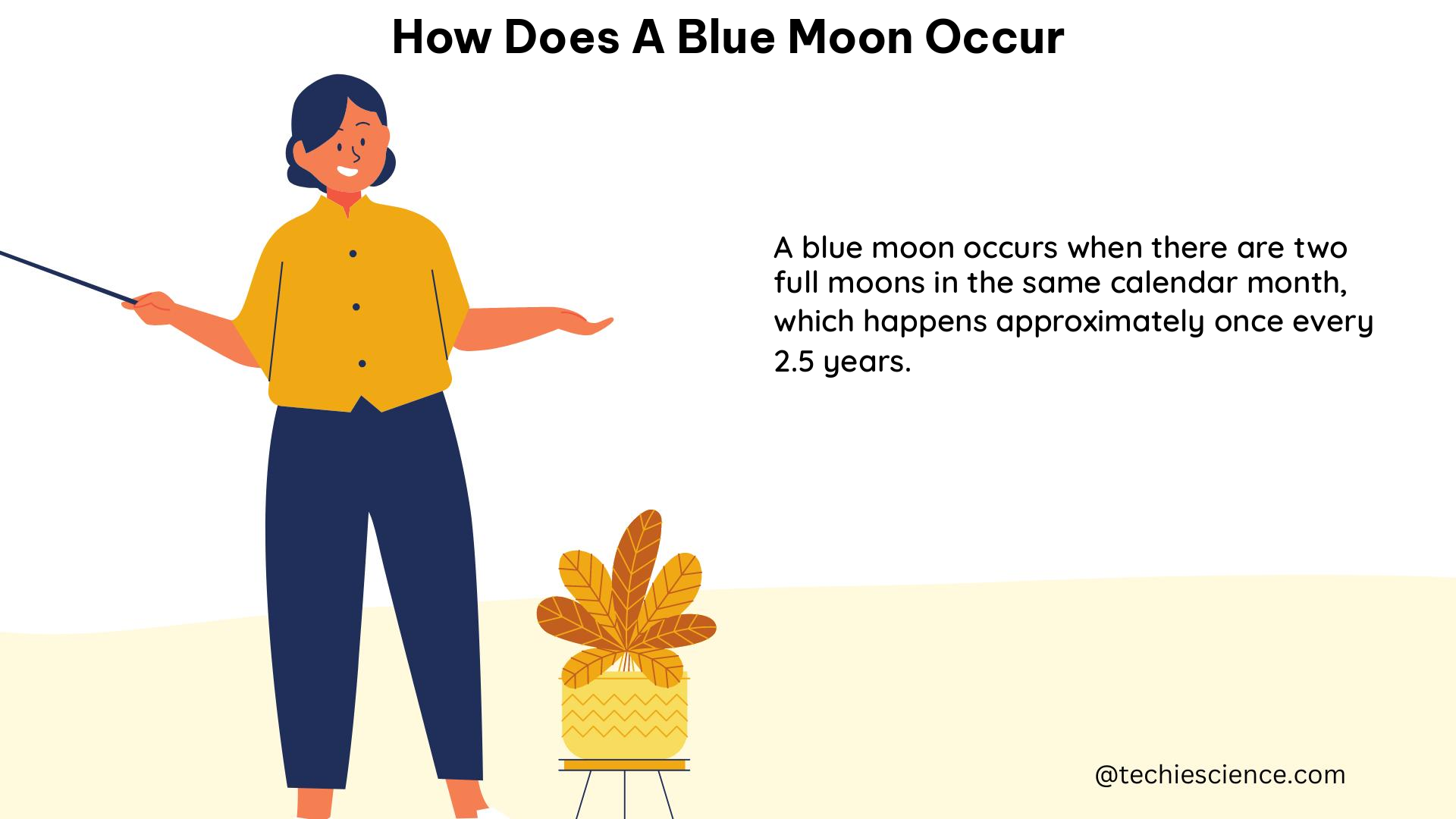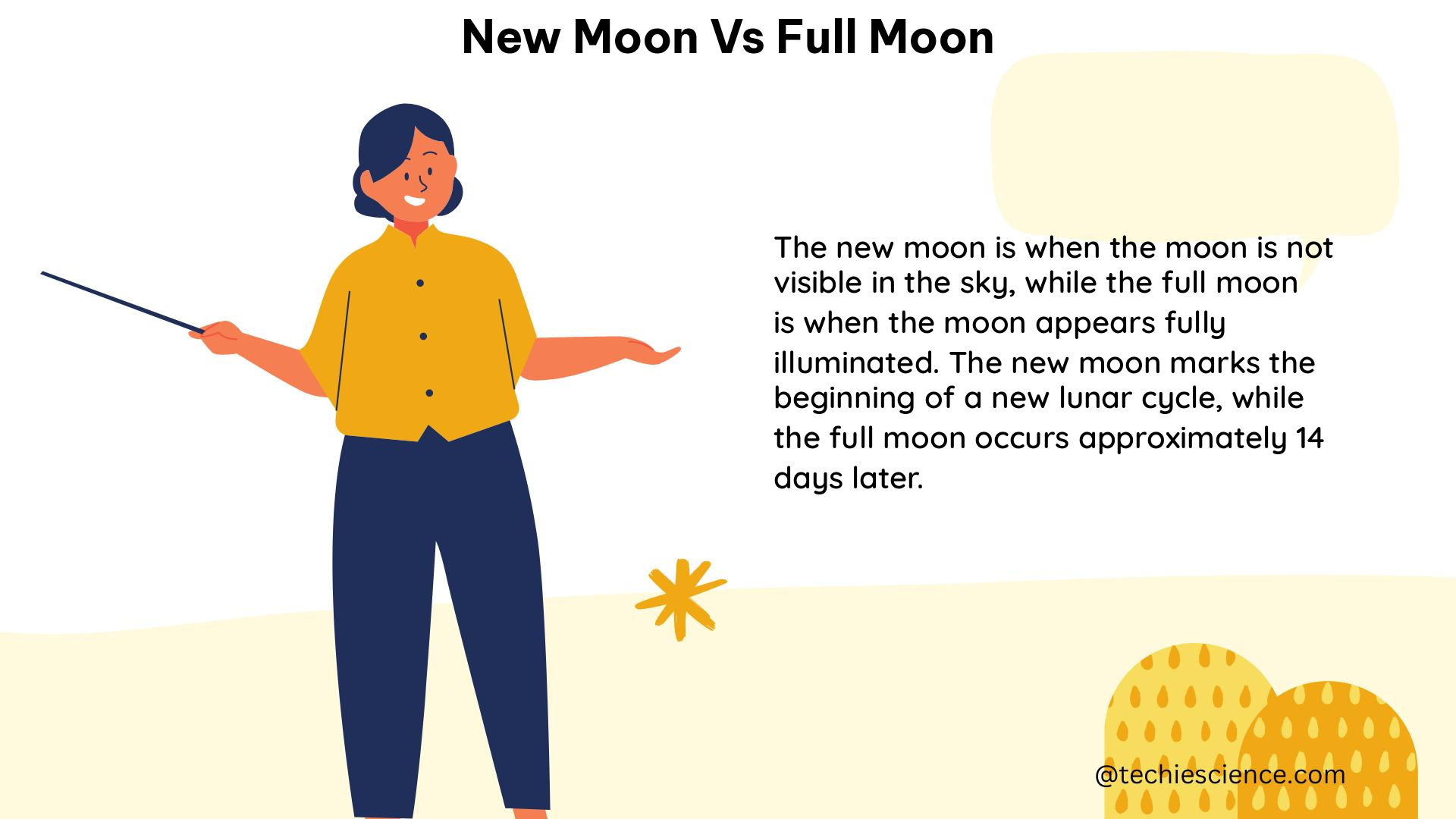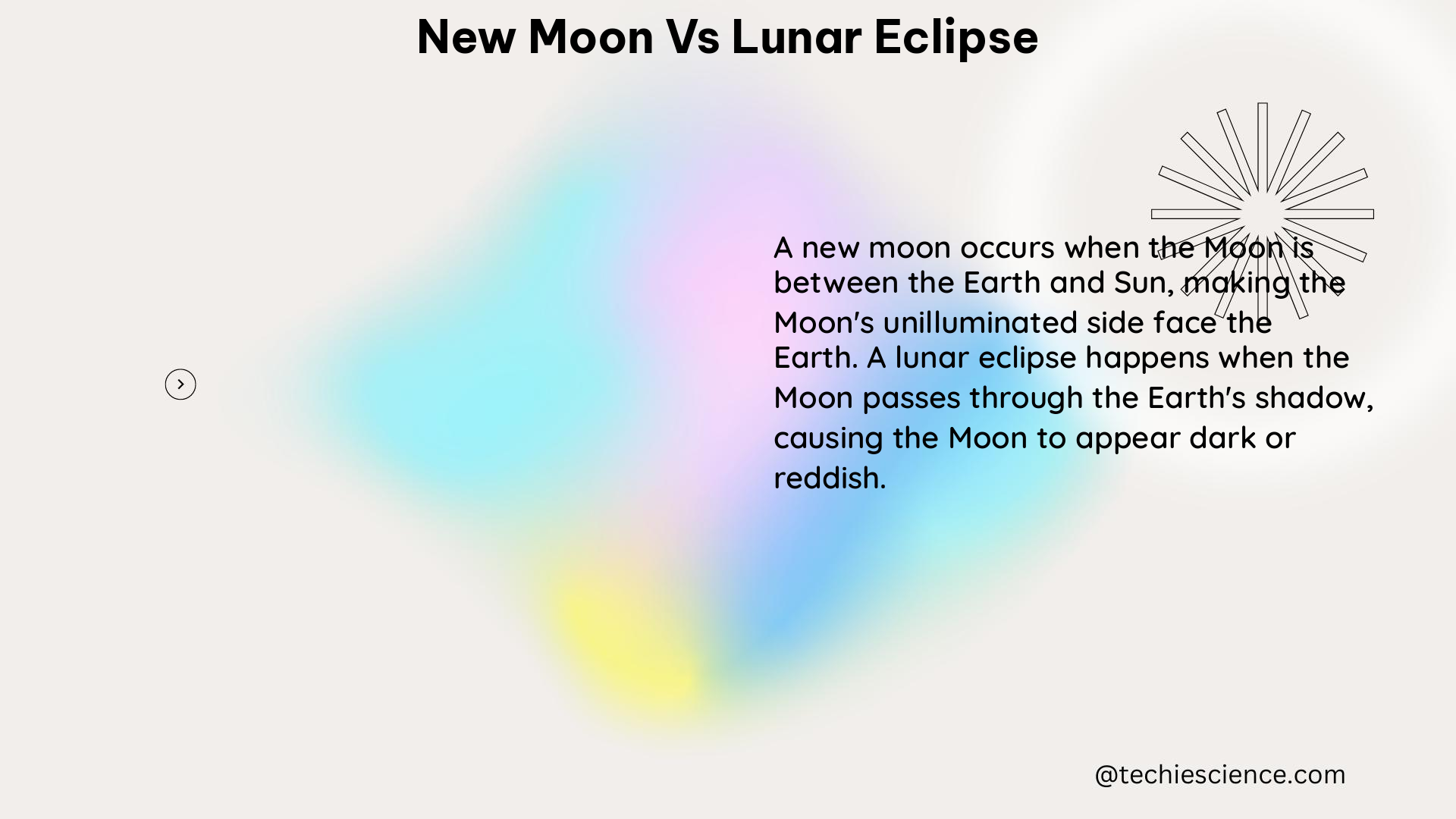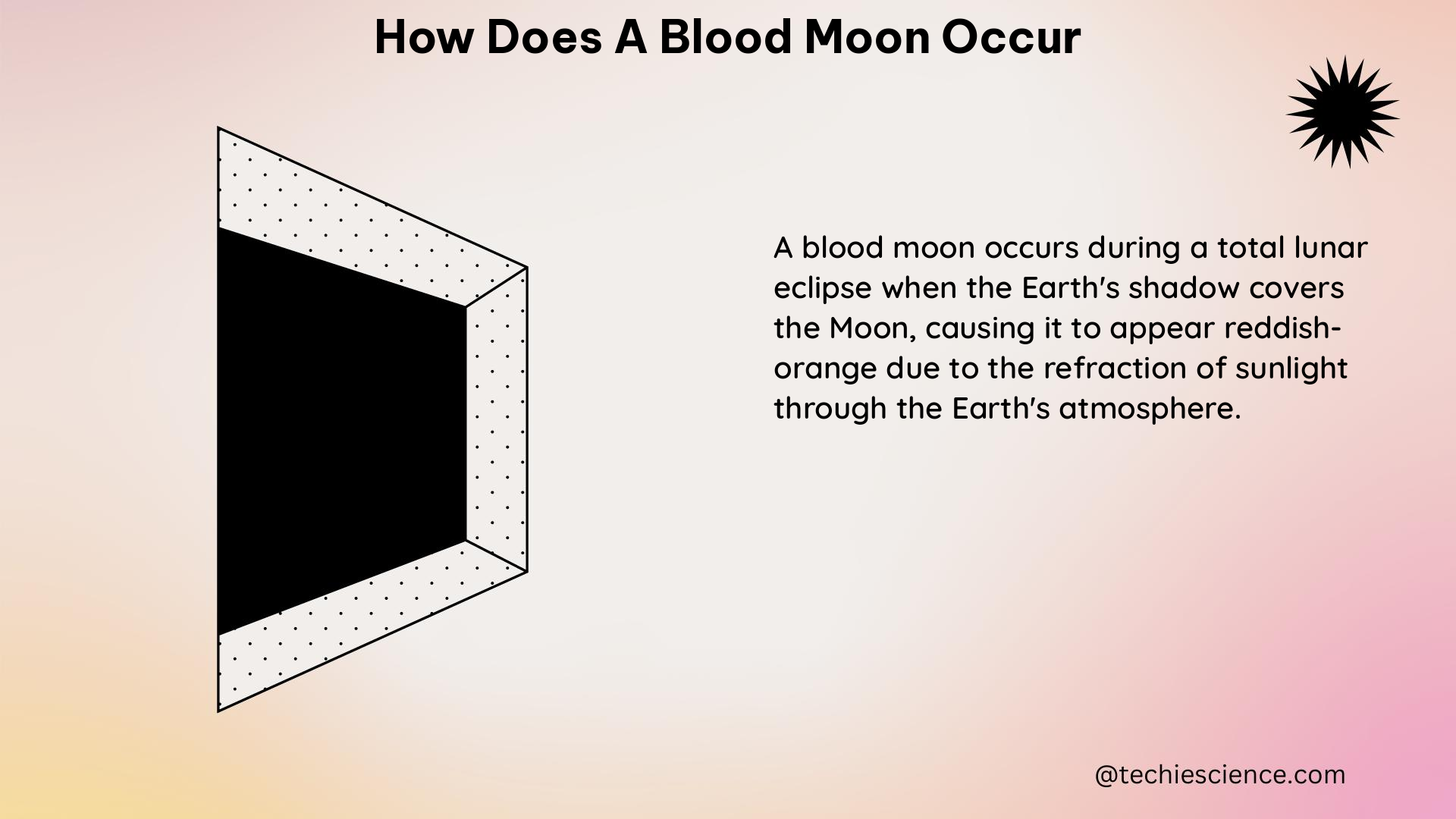The crescent moon is a captivating celestial phenomenon that occurs due to the changing positions of the Moon, Earth, and Sun during the lunar cycle. This intricate dance of celestial bodies is a result of the Moon’s orbit around the Earth and the Earth’s orbit around the Sun. By understanding the underlying physics and mathematics behind the crescent moon, physics students can gain a deeper appreciation for the wonders of the night sky.
The Lunar Cycle and the Crescent Moon
The lunar cycle is the periodic change in the Moon’s appearance as seen from Earth, which is caused by the Moon’s orbit around the Earth and the relative positions of the Earth, Moon, and Sun. The crescent moon is one of the distinct phases of the lunar cycle, occurring when the Moon is between the new moon and first quarter phases.
During this phase, the Moon is only partially illuminated by the Sun, creating the characteristic crescent shape we observe in the night sky. The percentage of the Moon’s surface that is illuminated by the Sun, known as the “illumination,” can range from a thin sliver to a more substantial half-moon, depending on the specific position of the Moon in its orbit.
The Geometry of the Crescent Moon
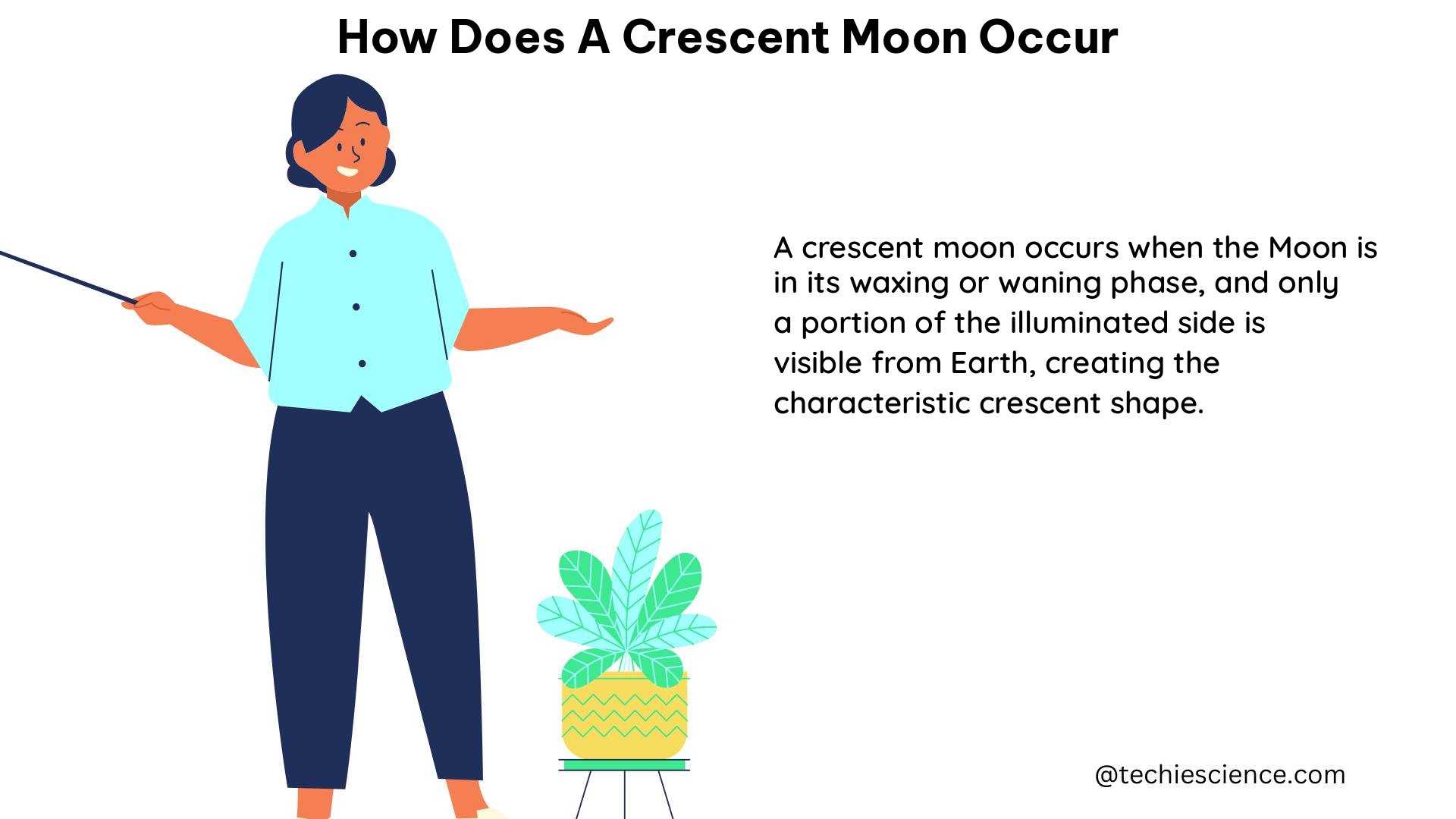
To understand the formation of the crescent moon, we need to consider the geometric relationships between the Moon, Earth, and Sun. The angle between the Moon, Earth, and Sun during the crescent moon phase is a crucial factor in determining the appearance of the crescent.
Calculating the Angle between the Moon, Earth, and Sun
We can use the following formula to calculate the angle between the Moon, Earth, and Sun during the crescent moon phase:
angle = acos((x^2 + y^2 - R^2) / (2 * x * y))
Where:
– x is the distance between the Earth and the Sun (approximately 149.6 million kilometers)
– y is the distance between the Earth and the Moon (which varies throughout the lunar cycle)
– R is the radius of the Earth (approximately 6,371 kilometers)
At the moment of a crescent moon, the angle between the Moon, Earth, and Sun is approximately 90 degrees. This angle is constantly changing as the Moon orbits the Earth and the Earth orbits the Sun, creating the different phases of the Moon.
Illumination and the Crescent Moon
The appearance of the crescent moon is also influenced by the percentage of the Moon’s surface that is illuminated by the Sun, known as the “illumination.” This value is expressed as a percentage, with 0% representing a new moon and 100% representing a full moon.
For example, a 5% illuminated Moon would appear as a very thin crescent, while a 50% illuminated Moon would appear as a half-moon. The specific illumination percentage can be calculated using the formula:
Illumination = (1 + cos(angle)) / 2 * 100
Where angle is the angle between the Moon, Earth, and Sun calculated using the previous formula.
Observing the Crescent Moon
The crescent moon is best observed during civil twilight, just after sunset or just before sunrise, when the sky is still bright enough to see the Moon, but the Sun is below the horizon. This is because the crescent moon is visible when the Moon is near the Sun in the sky, which means it rises and sets with the Sun, making it difficult to observe during the day.
Factors Affecting Crescent Moon Visibility
Several factors can affect the visibility of the crescent moon, including:
- Atmospheric Conditions: Hazy or cloudy skies can obscure the crescent moon, making it more difficult to observe.
- Latitude and Season: The position of the crescent moon in the sky varies depending on the observer’s latitude and the time of year, which can impact its visibility.
- Moon’s Altitude: The higher the crescent moon is in the sky, the easier it is to observe, as it is less affected by atmospheric distortion and obstructions near the horizon.
Practical Applications and Further Exploration
The understanding of the crescent moon and its formation has practical applications in various fields, such as:
- Astronomy and Astrophysics: The study of the crescent moon and its relationship to the lunar cycle can provide insights into the dynamics of the Earth-Moon-Sun system and contribute to our understanding of celestial mechanics.
- Navigation and Timekeeping: The visibility of the crescent moon has been used historically for navigation and timekeeping, particularly in some cultures and religious traditions.
- Cultural and Religious Significance: The crescent moon has held significant cultural and religious meaning in many societies throughout history, and its study can provide insights into the interplay between science and human experience.
To further explore the topic of the crescent moon, physics students can delve into the following areas:
- Lunar Eclipses and the Crescent Moon: Investigating the relationship between lunar eclipses and the crescent moon can provide a deeper understanding of the complex interactions between the Earth, Moon, and Sun.
- Atmospheric Effects on Crescent Moon Visibility: Studying the impact of atmospheric conditions, such as refraction and scattering, on the visibility of the crescent moon can lead to a more comprehensive understanding of this phenomenon.
- Crescent Moon Observations and Citizen Science: Engaging in citizen science projects that involve observing and recording crescent moon sightings can contribute to the scientific understanding of this celestial event.
By exploring the intricacies of the crescent moon, physics students can gain a deeper appreciation for the wonders of the night sky and the underlying principles that govern the celestial dance of the Earth, Moon, and Sun.
References:
- Lunar Phase – an overview | ScienceDirect Topics. (n.d.). Retrieved from https://www.sciencedirect.com/topics/earth-and-planetary-sciences/lunar-phase
- Do the phases of the moon have any measurable affect on the mood … (n.d.). Retrieved from https://www.reddit.com/r/askscience/comments/m3dfr/do_the_phases_of_the_moon_have_any_measurable/
- Lunar Phases and Eclipses – NASA Science. (n.d.). Retrieved from https://science.nasa.gov/moon/lunar-phases-and-eclipses/
- Struggling to understand the phases of the moon. (n.d.). Retrieved from https://astronomy.stackexchange.com/questions/32272/struggling-to-understand-the-phases-of-the-moon
- Phases of the Moon and Percent of the Moon Illuminated. (n.d.). Retrieved from https://aa.usno.navy.mil/faq/moon_phases
